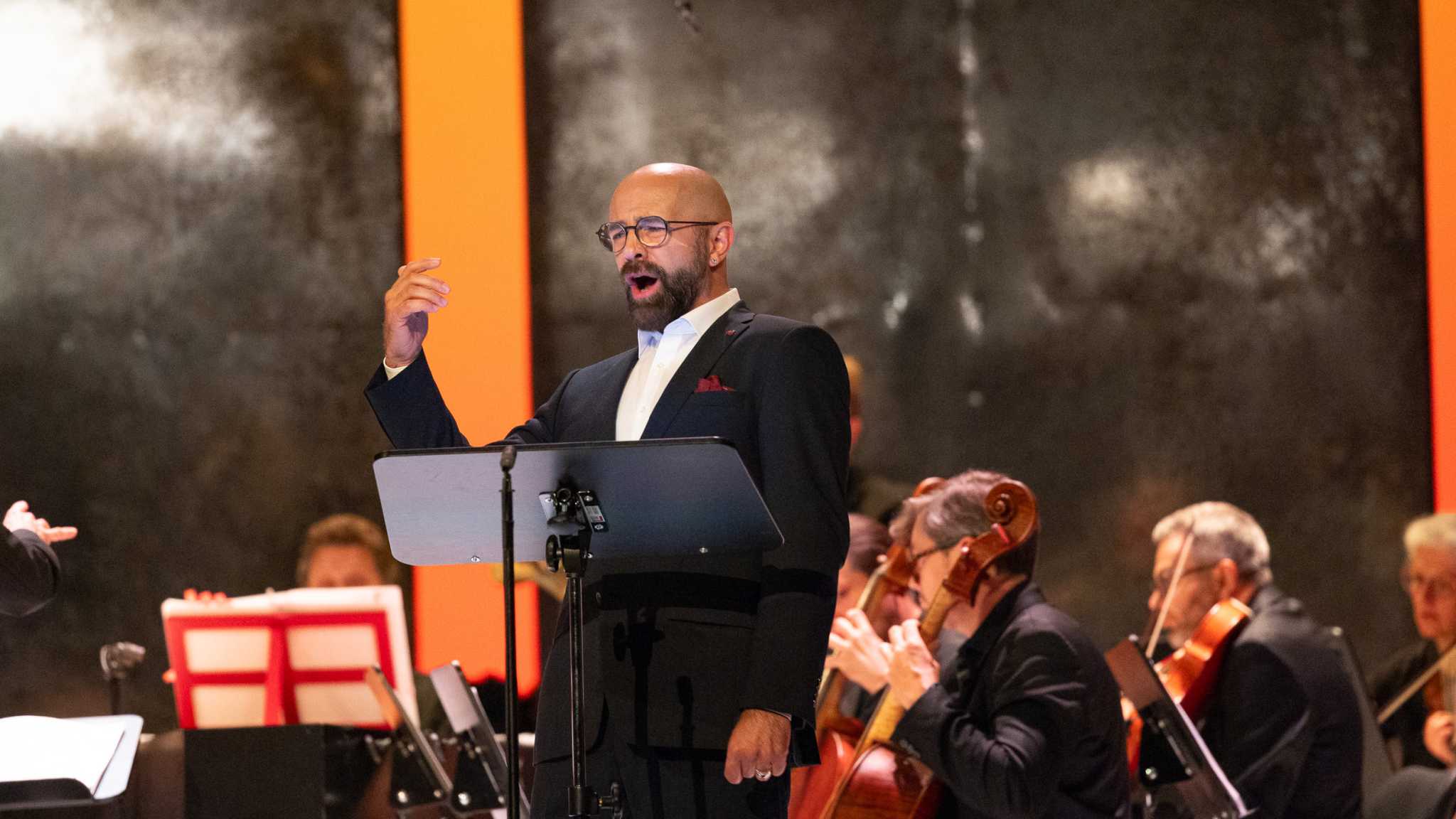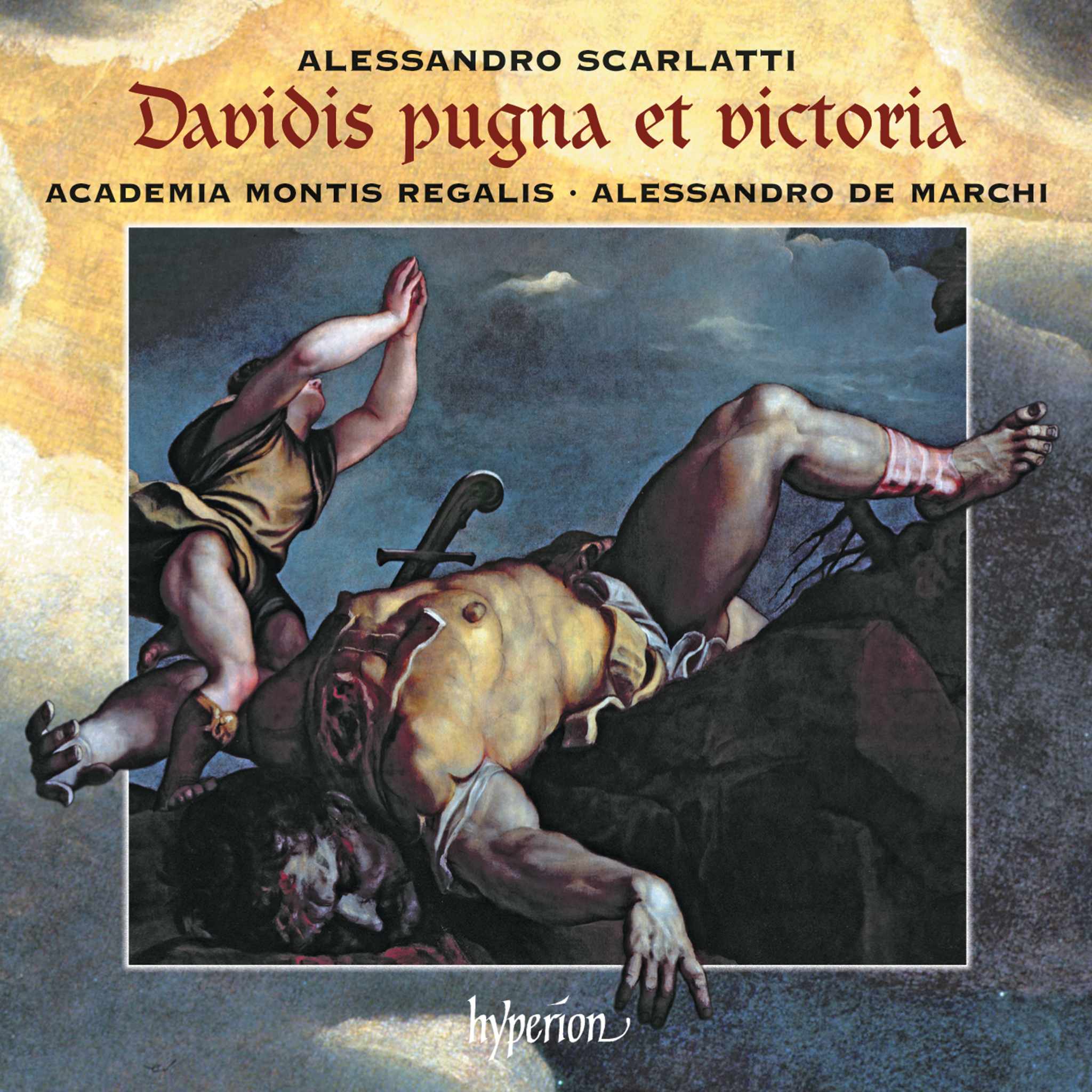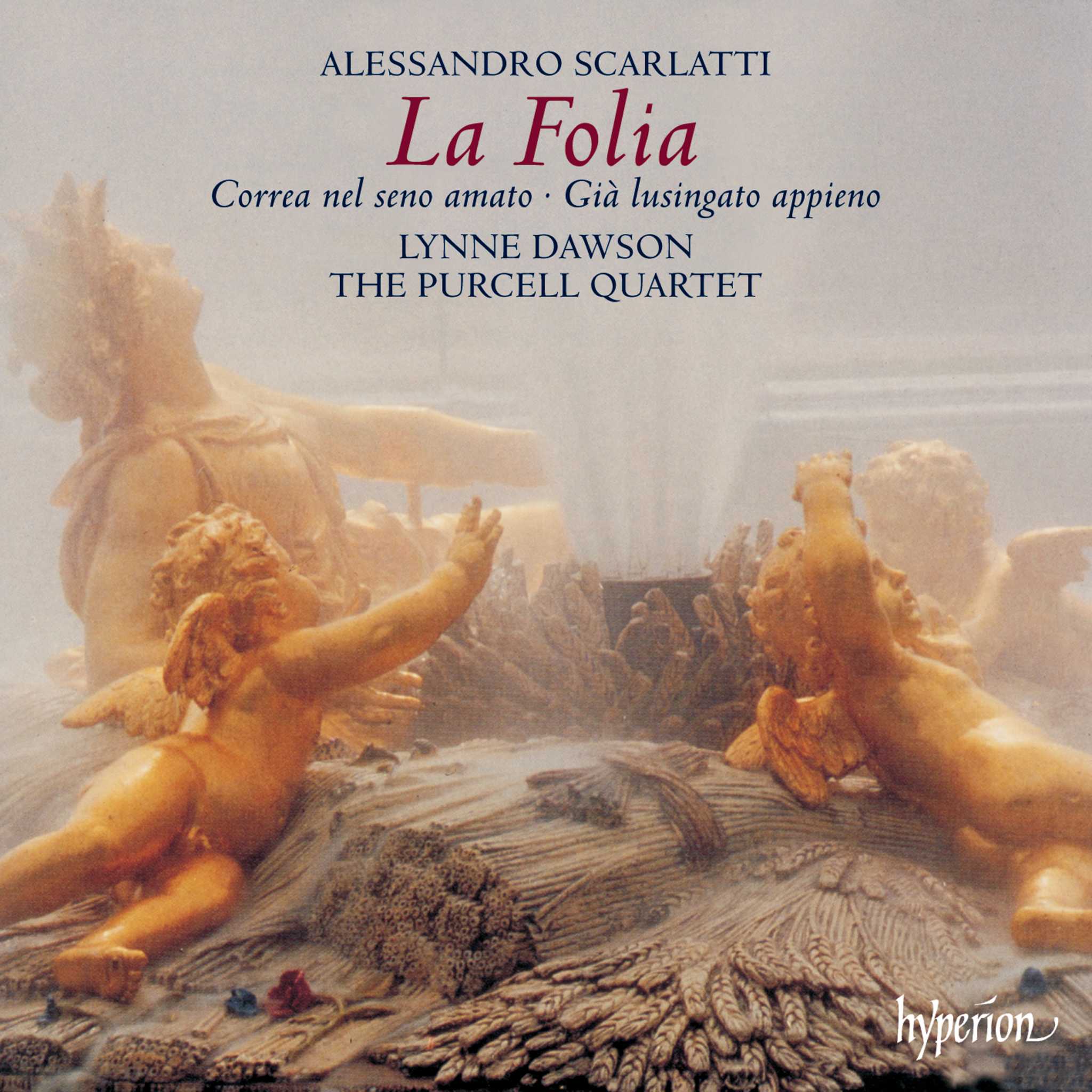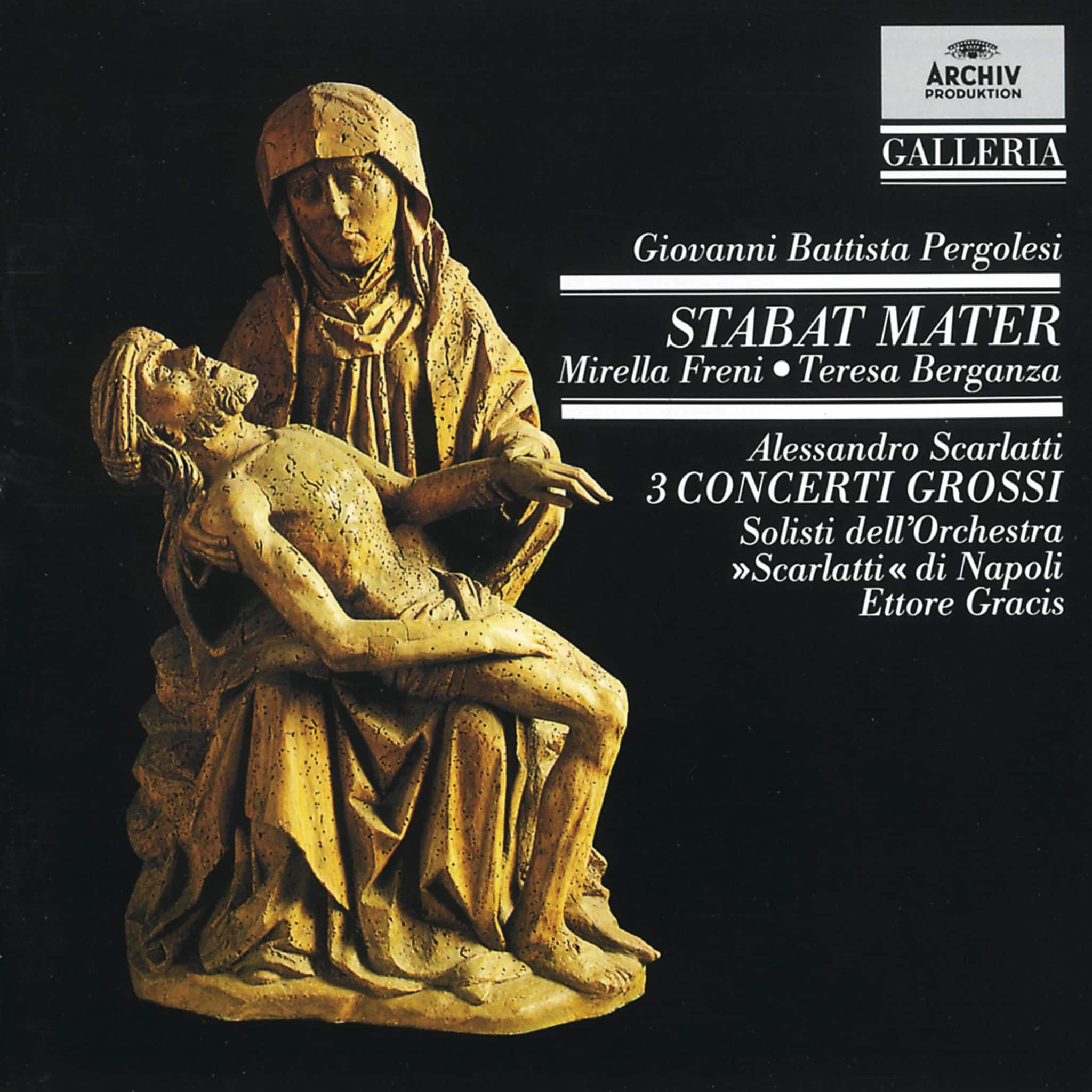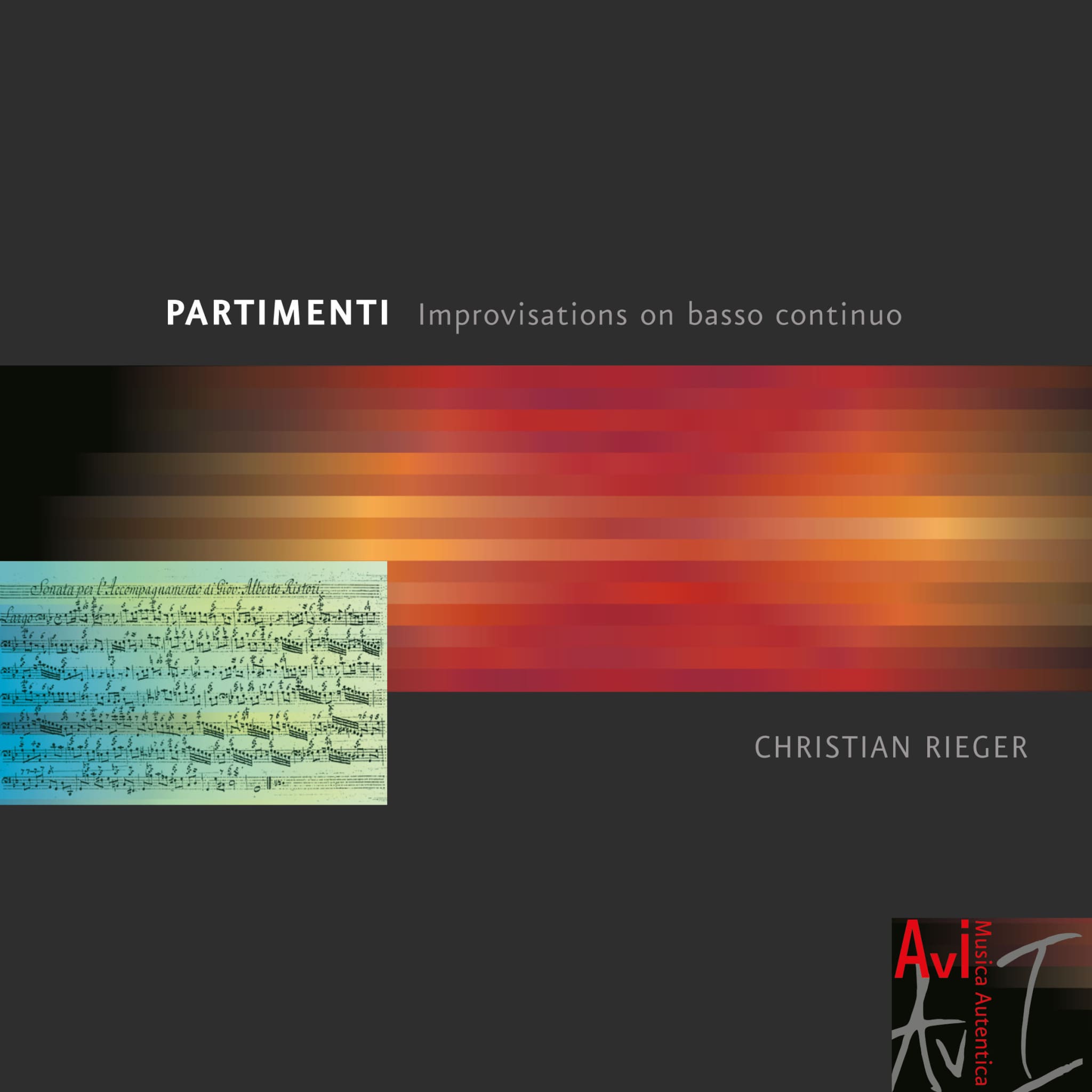Alessandro Scarlatti: The Pioneering Italian Baroque Composer
Alessandro Scarlatti (1660–1725), born as one of eight children in a musical family, left his native Sicily in 1672 to build his career as an opera composer in Rome. Often hailed as a foundational figure of the Neapolitan school of opera, Scarlatti elevated the opera seria genre to new heights and left a profound influence on generations of composers who followed.
Career and Influence
Scarlatti's first taste of success came in Rome, where he quickly distinguished himself as an opera composer. He enjoyed the patronage of the highest ranks of society, including Queen Christina of Sweden. His career saw long periods in both Rome and Naples, where he served as maestro di cappella at the vice-regal court. Naples became the center of his most significant triumphs; here, his operas, sacred, and instrumental works garnered widespread fame.
Scarlatti’s fame emerged from his operas, and his sacred and instrumental works rapidly spread from town to town until his name became a household one in Italy. While his expertise served him well in Naples and Rome, where he became maestro di cappella at Santa Maria Maggiore and enjoyed the patronage of Cardinal Ottoboni, he struggled to find an audience for his talents in Venice.
Regardless of his misfortunes in Venice, Scarlatti returned to Naples for the climax of his career, lending his talents to every genre he undertook. Fondly remembered as one of the creators of Neapolitan opera, he elevated opera seria to impressive heights and influenced a multitude of later composers.
Notable Works and Legacy
From his beginnings in Sicily to his triumphs in Naples, and his influence on future opera, Alessandro Scarlatti’s fascinating works continue to captivate audiences. Experience the depth and complexity of Scarlatti’s compositions in concerts and albums such as "Fascinating works by Alessandro Scarlatti | STAGE+", "An Evening with Senesino – Max Emanuel Cencic & Les Talens Lyriques", "Vivaldi: Gloria; Stabat Mater; Nisi Dominus; Salve Regina", and many more, performed by renowned artists such as Mahan Esfahani, Concerto Köln, Trevor Pinnock, The English Concert, and more.
Scarlatti's innovations included the development of the Italian overture and advancements in thematic development and chromatic harmony that anticipated later composers like Mozart and Schubert. Beyond opera, he was deeply involved in intimate genres such as the chamber cantata and was prolific in both sacred and secular music. His works such as "Davidis pugna et victoria", "Dixit Dominus", "Concertos for the Kingdom of the Two Sicilies", and "Opera Proibita" exemplify his mastery in various genres of music.
Scarlatti's fascinating works and enduring influence ensure that his legacy continues to thrive in the world of classical music, captivating audiences and inspiring generations of composers.

